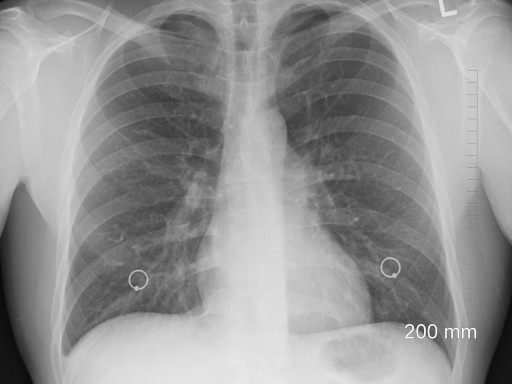Asbestos is only a risk to health if asbestos fibres are released into the air and breathed in. Past exposure to asbestos currently kills around 4500 people a year in Great Britain. Workers who carry out building maintenance and repair are particularly at risk.
There is usually a long delay between first exposure to the onset of disease, which can vary from 15–60 years, only by preventing or minimising exposure now can asbestos-related disease eventually be reduced. It is now illegal to use asbestos in the construction or refurbishment of any premises, but many thousands of tonnes of it were used in the past and much of it is still in place.
What buildings are affected?
- All non-domestic buildings, whatever the type of business
- The common areas of domestic buildings e.g. halls, stairwells, lift shafts, roof spaces.
- All other domestic properties are not affected by the duty to manage.
Where might you find asbestos?
It was used in many parts of buildings such as thermal insulation of pipes and boilers, fi re protection inducts, fire breaks in ceiling voids, roofing and wall cladding, gutters, decorative plasters and paints, the list goes on.
Who is at risk?
The more asbestos fibres breathed in, the greater the risk to health. Therefore workers who may be exposed to asbestos when carrying out maintenance and repair jobs are at particular risk such as construction and demolition contractors, roofers, electricians, plumbers, painters, phone and IT engineers etc.
What does the duty to manage asbestos involve?
Under the Control of Asbestos Regulations 2012 if you are responsible for maintaining relevant parts of a building you have a duty to manage asbestos. Anyone who has information on the whereabouts of asbestos in your premises is required to make this available to you as the duty holder, but you will need to assess its reliability. Those who are not duty holders, but control access to the premises, have to co-operate with you in managing the asbestos.
Contact us for further help and advice on 01722 326 390.

